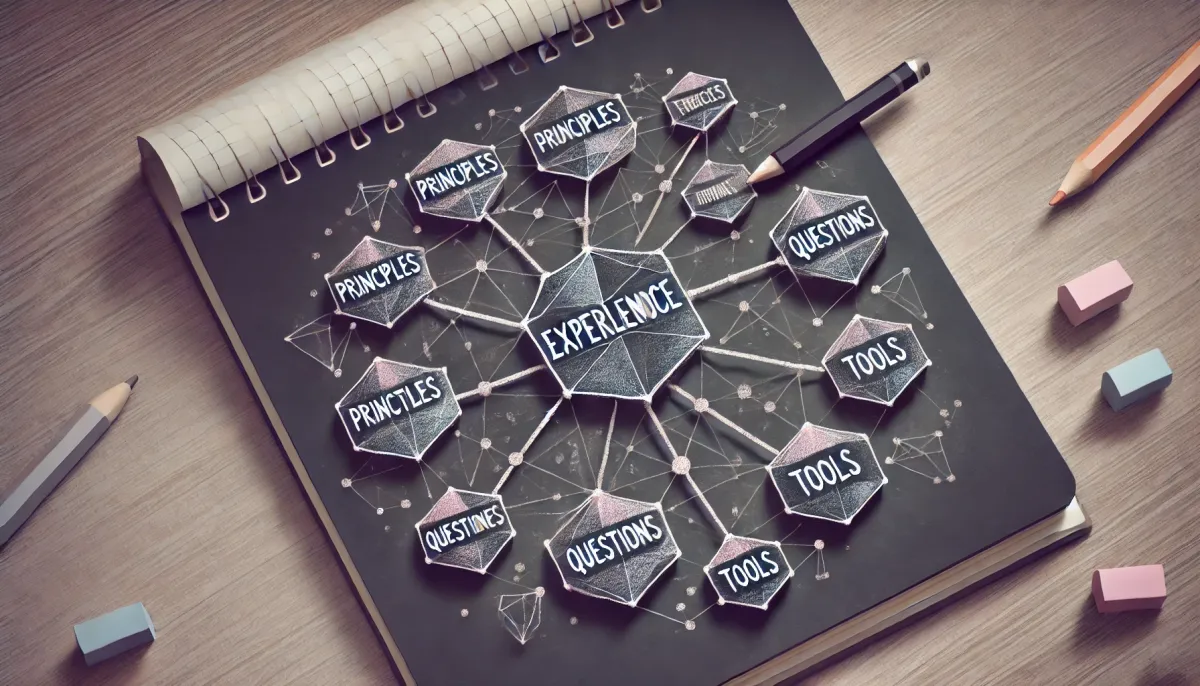Cultivating Expertise by Adopting Chain of Thoughts

Estimated reading time: 4 minutes
Expertise is not merely a destination; it is a process, a way of thinking that shapes your actions and decisions. One realization I’ve had is that cultivating expertise begins with our mindset. To become an expert, you first need to think like one.
The Chain of Thought of an Expert
Take design as an example. Becoming an expert designer requires adopting the chain of thought typical of expert designers. This chain of thought is not random; it is a structured and interconnected process that guides every decision and problem-solving approach. It includes:
- Empathy for the User: Understanding user needs deeply and intuitively.
- Critical Analysis: Evaluating design elements critically to ensure functionality and aesthetics align.
- Iterative Thinking: Embracing the trial-and-error process to refine and perfect.
- Visual Communication: Translating complex ideas into accessible visuals.
- Trend Awareness: Staying informed about current and emerging design trends.
Asking the Right Questions
Cultivating expertise requires deliberate introspection. When you aim to develop mastery in a field, start by asking yourself:
- How does an expert approach challenges in this domain?
- What principles guide their decisions?
- What tools and methods do they rely on?
- How do they continuously improve their craft?
These questions act as the gateway to adopting the mindset of an expert. By thinking as they do, you’re not just mimicking their actions but internalizing their thought processes.
Visualizing Expertise with Knowledge Graphs
Recalling my earlier idea about knowledge graphs, or in other words, mind mapping, we can visualize these expert thought processes. A knowledge graph serves as a dynamic representation of how various concepts, principles, and decisions interconnect in a field of expertise. It helps to:
- Identify gaps in your understanding.
- Establish links between seemingly unrelated ideas.
- Clarify the progression of thoughts leading to a solution.
Imagine mapping out the thought process of an expert designer. You would see nodes representing user needs, principles of design, tools, and methods all interconnected. This visualization makes the abstract journey of cultivating expertise more tangible and actionable.
The Power of Perspective
Developing expertise is not about copying experts; it is about cultivating the mindset and perspective that make them exceptional. By adopting their way of thinking and visualizing this through tools like knowledge graphs, we can accelerate our journey toward mastery.
This perspective has reshaped the way I approach learning and growth. Expertise is not just what you do; it’s how you think. And when you can map this thinking, you make the path to expertise clearer and more achievable.
What’s your take on cultivating expertise? Join to our discord server and start let's start a conversation! https://discord.gg/MZgpRfY2f6
